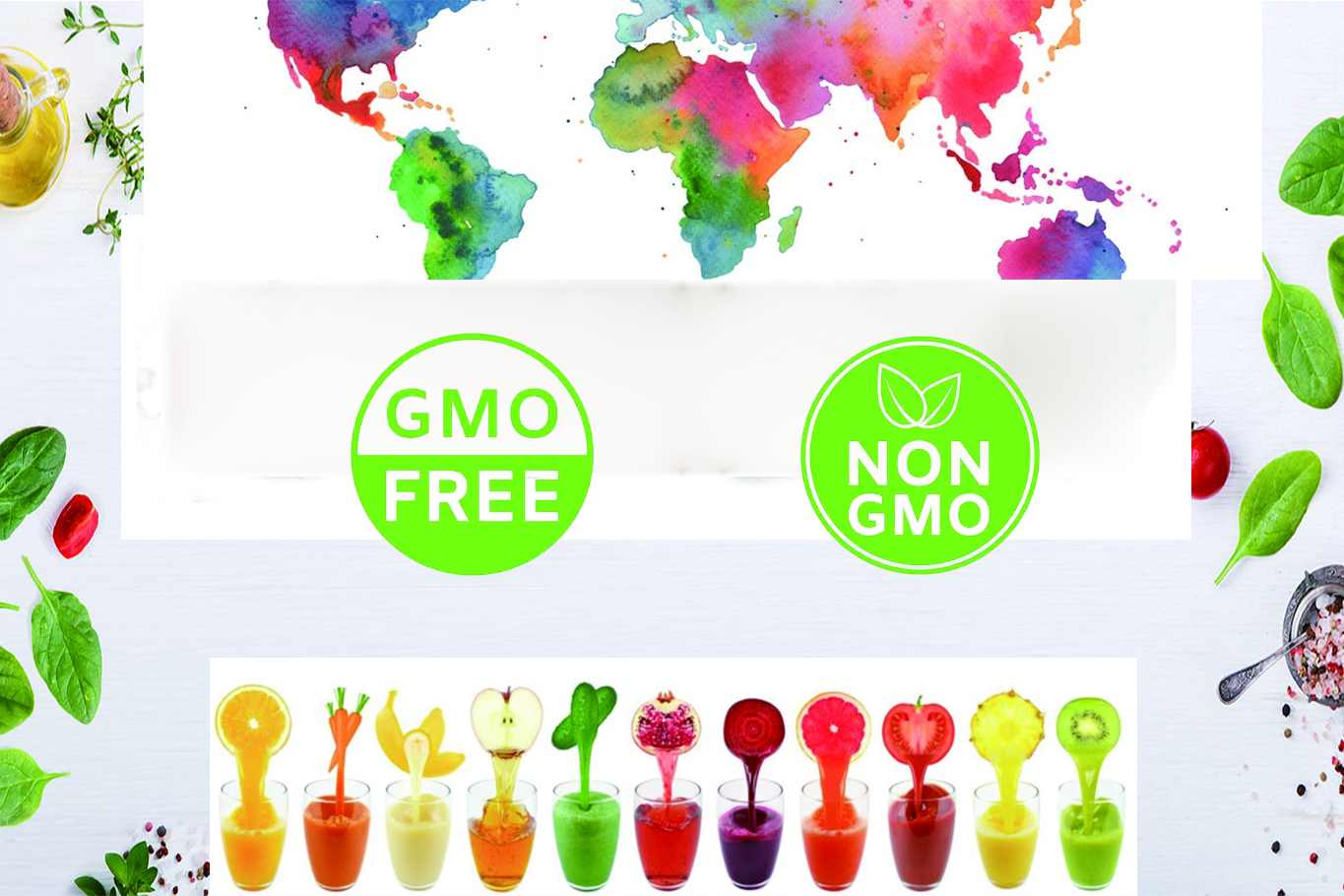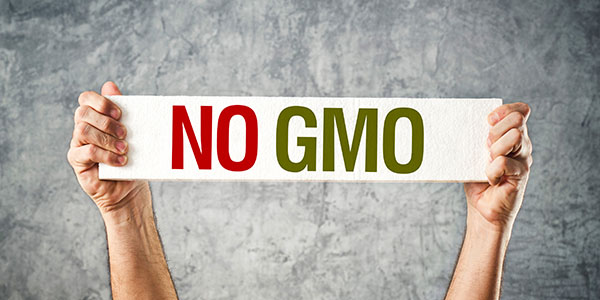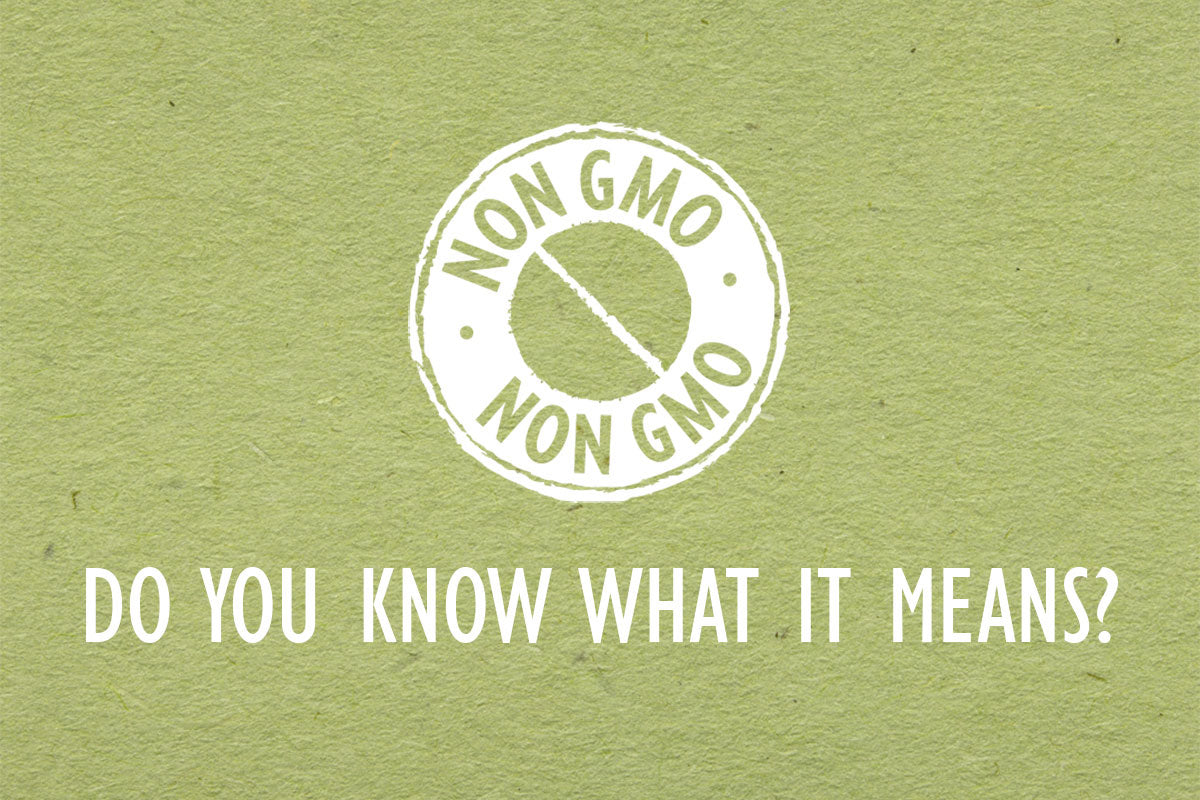Does Non Gmo Mean Gluten Free

In the ever-expanding universe of food labels and dietary restrictions, confusion often reigns supreme. Two terms frequently encountered are "Non-GMO" and "Gluten-Free," leading many consumers to wonder if they are interchangeable. This misconception can have serious implications for individuals managing conditions like celiac disease or gluten sensitivity, as relying on a Non-GMO label alone might not guarantee a safe eating experience.
This article aims to dispel the myth that Non-GMO automatically equates to Gluten-Free, providing clarity on the distinct meanings of each label and the implications for consumers. We will explore the scientific basis of both GMOs and gluten, examine labeling regulations, and offer practical guidance for navigating the complexities of food choices. Ultimately, understanding the differences is crucial for making informed decisions that support individual health needs.
Understanding GMOs and Gluten: Two Separate Concepts
GMO, or Genetically Modified Organism, refers to plants, animals, or microorganisms whose genetic material has been altered using genetic engineering techniques. This process typically involves introducing genes from a different organism to confer a desirable trait, such as pest resistance or herbicide tolerance.
Gluten, on the other hand, is a protein found in wheat, rye, barley, and their derivatives. It gives dough its elasticity and chewy texture.
The Non-GMO Project, a non-profit organization, offers verification for products that have been tested to ensure they do not contain GMOs. This verification assures consumers that the food product adheres to specific standards concerning the absence of genetically modified ingredients.
The Critical Difference: Why Non-GMO Doesn't Mean Gluten-Free
The core issue lies in the fundamental difference between what GMOs and gluten represent. GMOs are about how a food is grown or produced, while gluten is a naturally occurring protein within specific grains.
A product can be Non-GMO and still contain gluten. Consider Non-GMO wheat, which is still wheat and therefore inherently contains gluten.
Conversely, a product can be made with GMO ingredients but be gluten-free. For instance, GMO corn starch is frequently used as a gluten-free thickener.
Decoding Food Labels: Navigating the Grocery Store
Navigating the grocery store requires careful attention to labeling. A product labeled "Gluten-Free" must meet specific criteria set by regulatory bodies, such as the Food and Drug Administration (FDA) in the United States.
The FDA's rule states that a product labeled "Gluten-Free" must contain less than 20 parts per million (ppm) of gluten. This threshold is generally considered safe for most individuals with celiac disease.
The Non-GMO label, while indicating the absence of genetically modified ingredients, provides no information about gluten content. Therefore, individuals avoiding gluten must always check the ingredient list for wheat, rye, barley, and other gluten-containing ingredients, regardless of the presence of a Non-GMO label.
Expert Opinions and Scientific Perspectives
Experts in nutrition and gastroenterology emphasize the importance of distinguishing between Non-GMO and Gluten-Free. Dr. Alessio Fasano, a leading researcher in celiac disease, stresses that consumers with gluten-related disorders should prioritize gluten-free certification over Non-GMO verification.
According to the Celiac Disease Foundation, relying solely on a Non-GMO label can lead to accidental gluten exposure, which can trigger adverse reactions in individuals with celiac disease.
The Academy of Nutrition and Dietetics also advises consumers to carefully read labels and consult with a registered dietitian for personalized dietary guidance.
Potential Pitfalls and Consumer Education
The confusion between Non-GMO and Gluten-Free can be exploited by misleading marketing tactics. Some companies may use the Non-GMO label to attract health-conscious consumers, even if the product still contains gluten.
Therefore, consumer education is crucial. Informing the public about the distinct meanings of these labels empowers individuals to make informed choices that align with their dietary needs.
Organizations like the Celiac Disease Foundation and the Gluten Intolerance Group offer valuable resources and educational materials to help consumers navigate the complexities of gluten-free living.
The Future of Food Labeling and Consumer Awareness
The landscape of food labeling is constantly evolving. There is ongoing debate about mandatory GMO labeling and stricter regulations for gluten-free claims.
As consumer demand for transparency increases, food companies may be compelled to provide more detailed information about their products, including both GMO status and gluten content.
Ultimately, a collaborative effort involving regulatory bodies, food manufacturers, and consumer advocacy groups is needed to create a more transparent and informative food labeling system. This will empower consumers to make choices that support their health and well-being, free from the confusion caused by misinterpretations of terms like "Non-GMO" and "Gluten-Free."
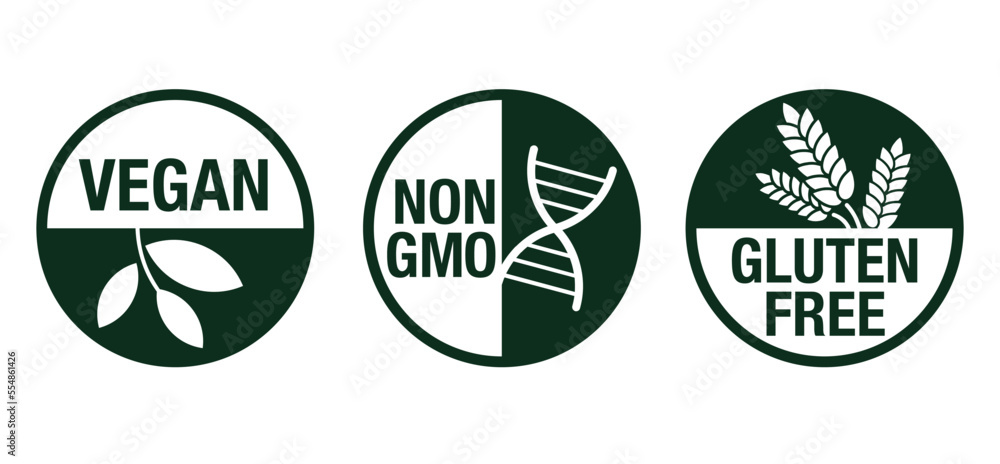


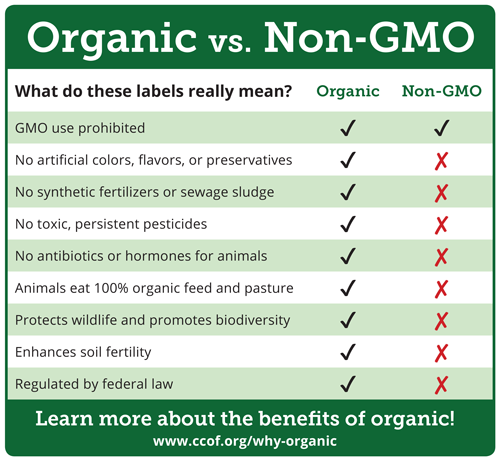


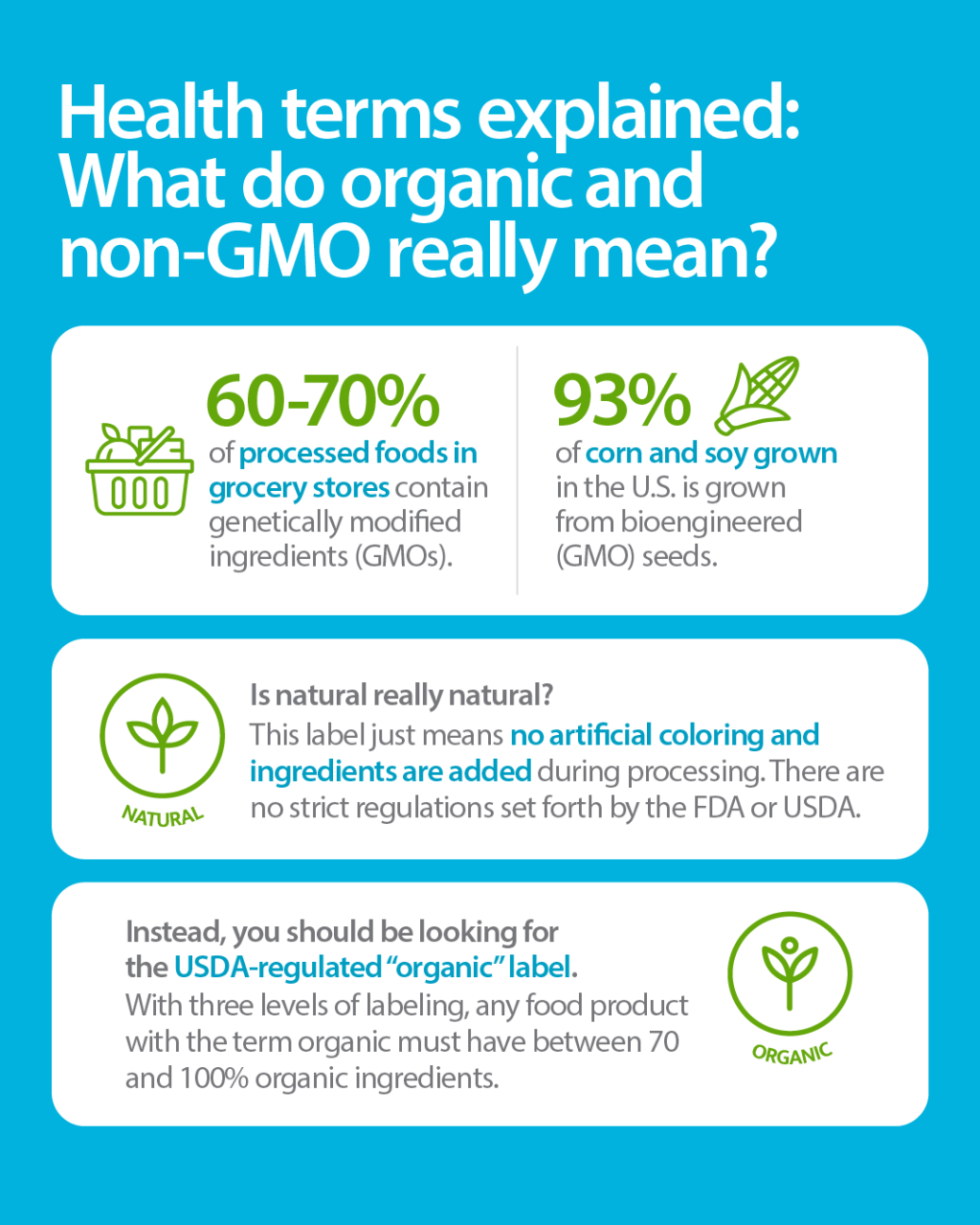


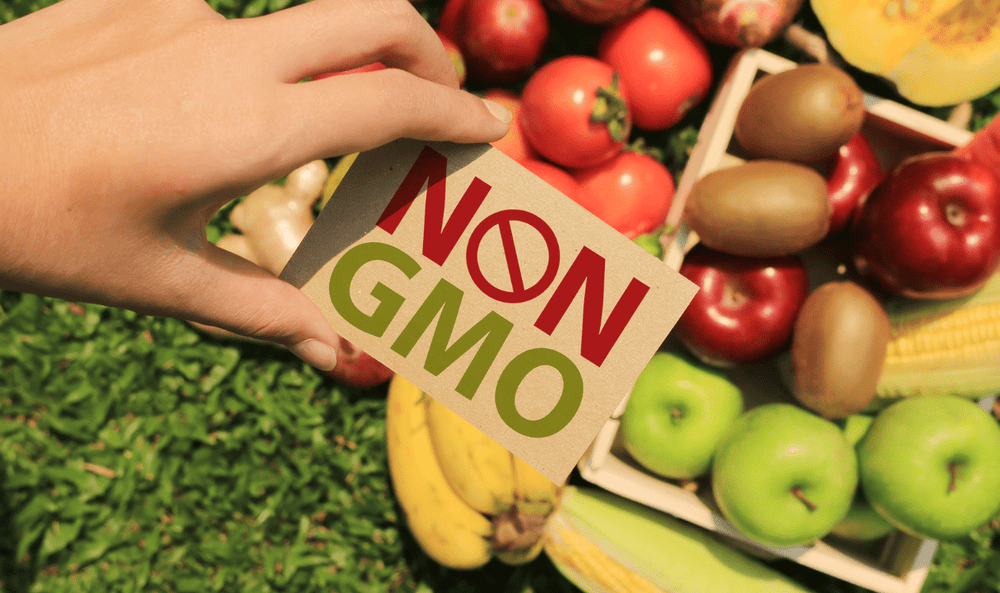
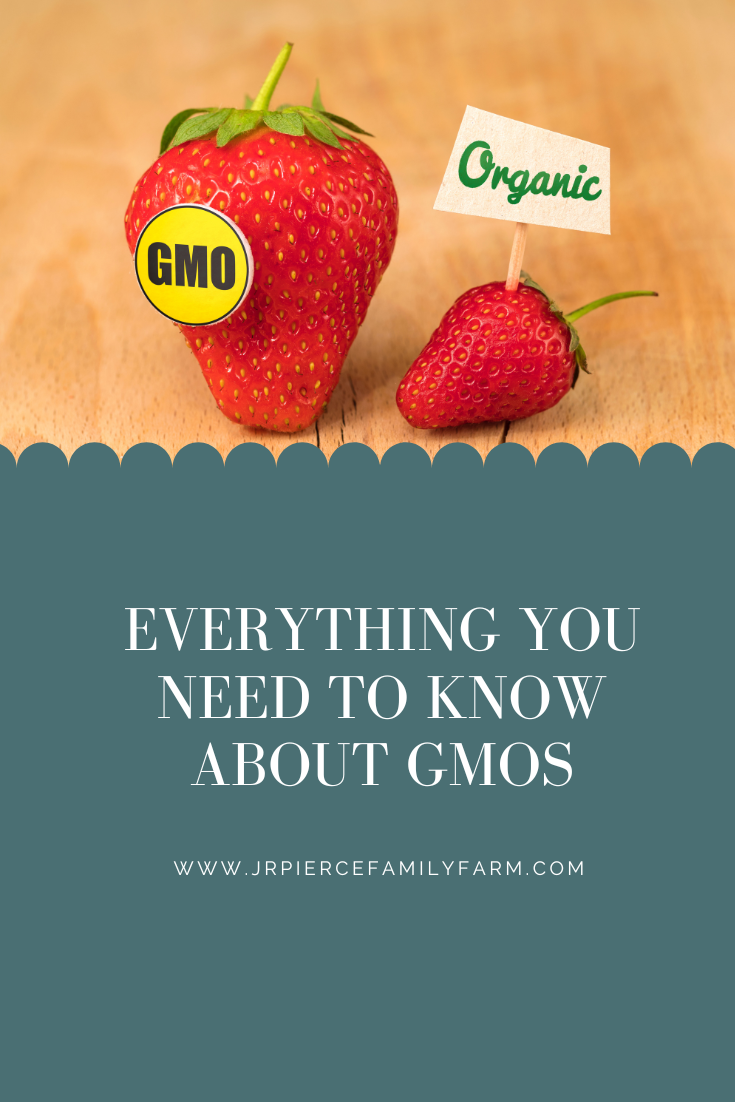.png)
